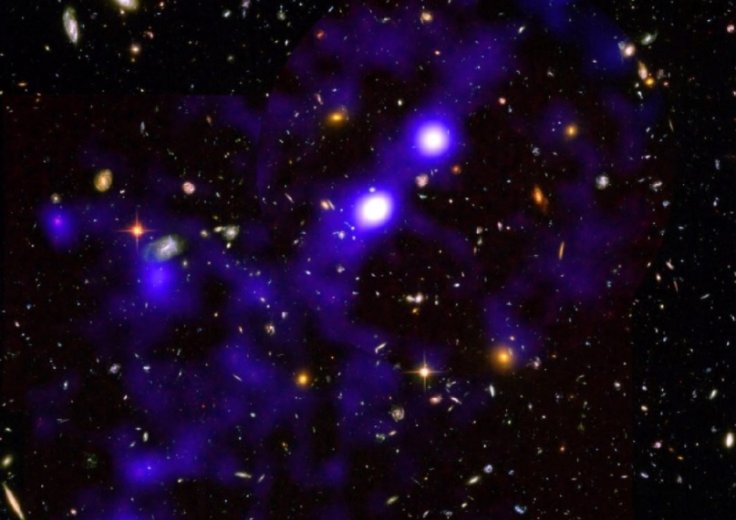An international team of researchers has successfully mapped a piece of the cosmic web for the first time without using bright quasars. These images show a network of filaments that scaffolds the entire universe which lurks in the dark vacuum between the galaxies.
Cosmic Web of Gas Flows
Scientists have long been speculating that a cosmic web of gas flows is connecting billions of galaxies in the universe. This cosmic web is difficult to see as it produces no light. Until now, researchers have succeeded in mapping only the nodes of this cosmic web using quasars. These quasars are basically supermassive black holes located in the center of galaxies whose surroundings emit a huge amount of light.

As the light gets scattered by the cosmic web, the web around the quasars becomes visible. However, quasars are very rare, and as a result, it is very rare to observe the cosmic web.
Capturing Cosmic Web without Using Quasars
And now, researchers have succeeded in capturing the image of a small part of the cosmic web without using quasars. According to the study report published in the journal Astronomy and Astrophysics, this new discovery is quite crucial in understanding more about the mysteries of the cosmic web.
Apart from capturing the image of the cosmic web, researchers led by Roland Bacon, a CNRS researcher at the Centre de Recherche Astrophysique de Lyon detected the presence of billions of previously unknown dwarf galaxies in this ancient era, when the universe's age was just one or two billion years.
Even though these galaxies are too distant and small to be observed directly, their eerie glow lit up the hydrogen gas in the cosmic web filaments. During the study, researchers observed filaments of the cosmic web using the MUSE instrument, installed on the European Southern Observatory's Very Large Telescope in Chile.
"I think one of the important things about this discovery, which is a bit unexpected, is to see that probably the light of the filaments is coming from this huge population of very tiny galaxies that actively form stars," said Bacon, Vice.com reports.









